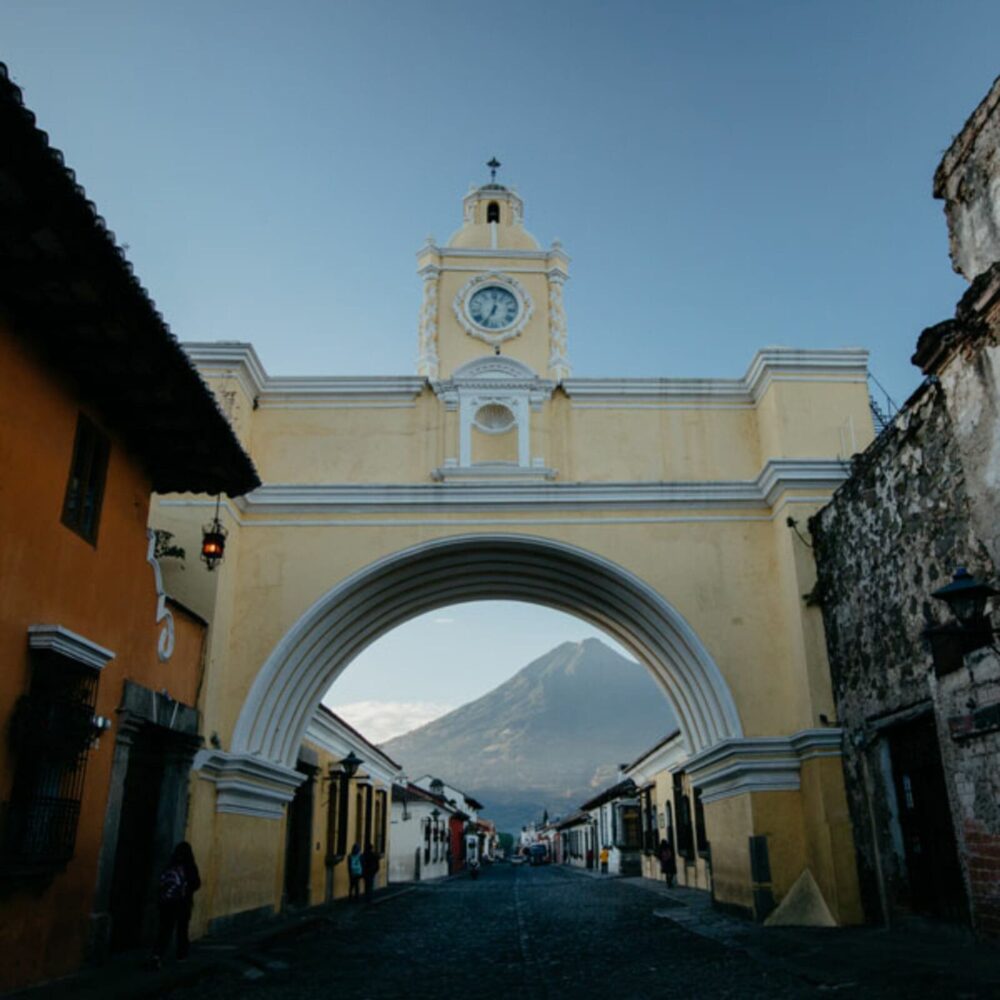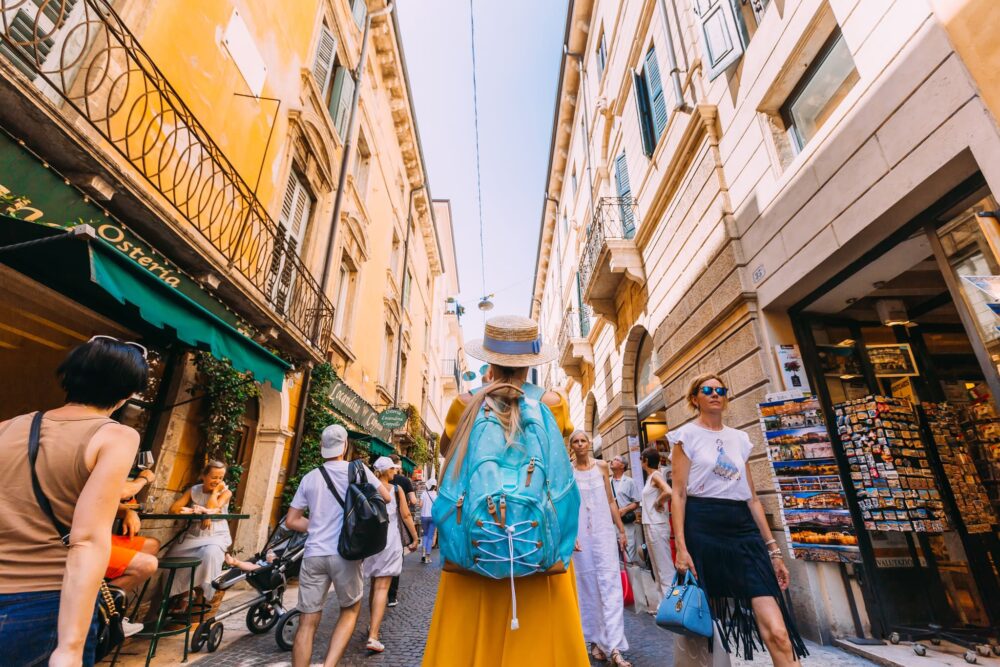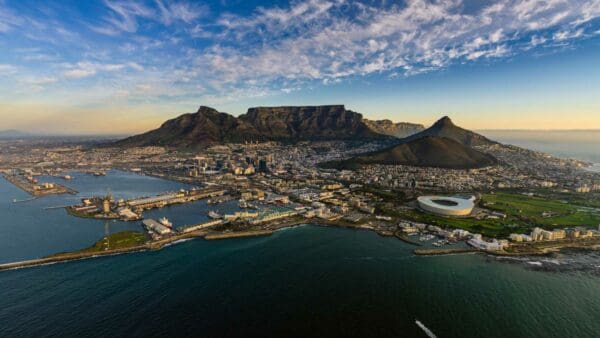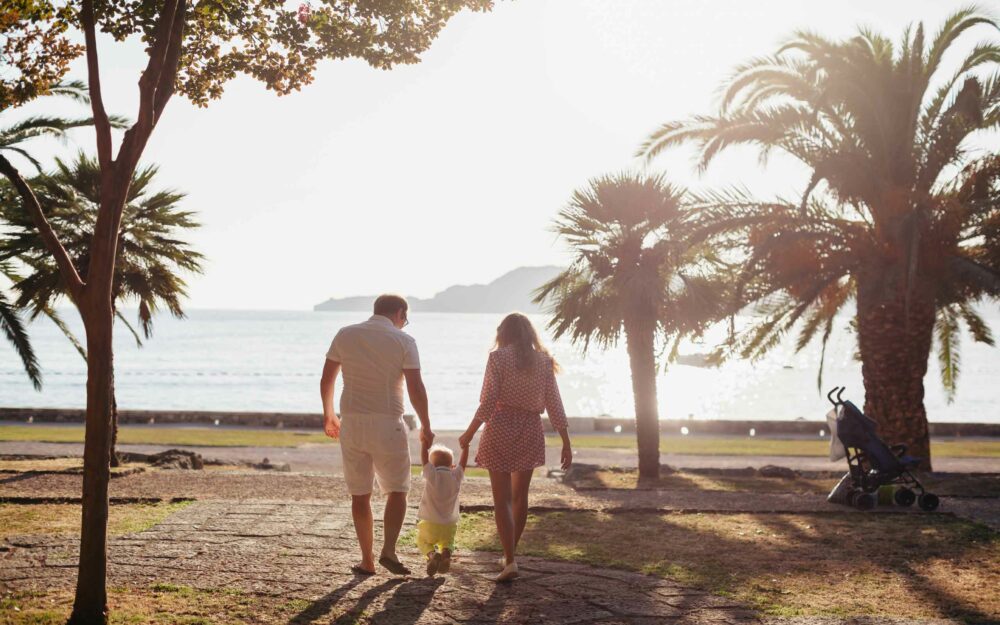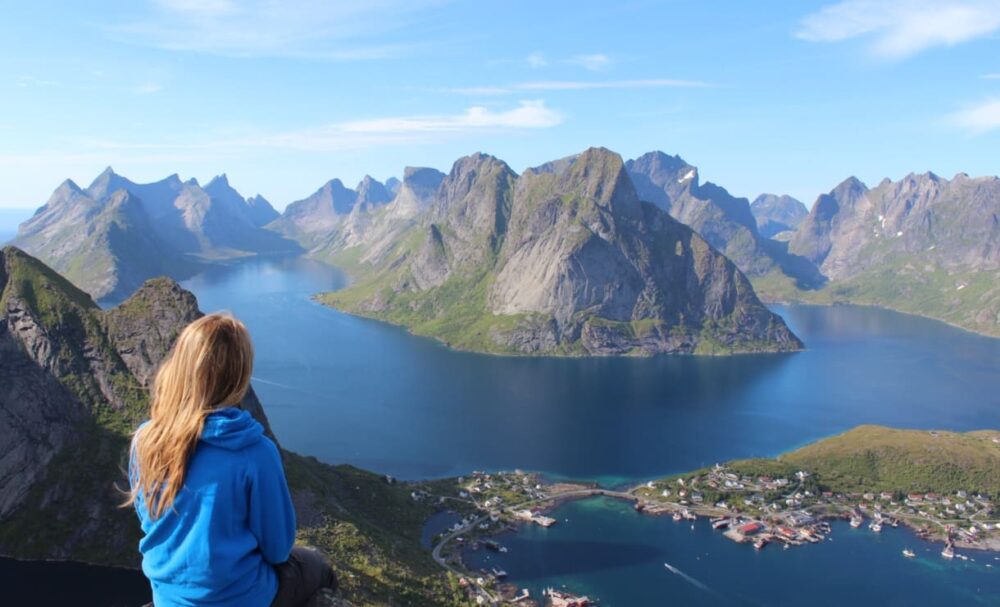Killing Fields and Traffic Jams :: Paul Milburn
On Monday, we went to learn a little about the history of Cambodia to help us understand how we can better serve and pray for this country and its people. This included stops at S-21, which is short for Security Office 21, and the Killing Fields. Before the Khmer Rouge took over, the place that became S-21 had been a school. When Pol Pot, leader of the Khmer Rouge, took power, he turned the school into a prison and interrogation center, one of many around the country, all of them being called “security offices”. There is a certain irony in locating the prison at a school, as the main target of Pol Pot’s genocide was anyone and everyone who had an education.
Of course, there were also the usual targets: officials from the previous government, political dissidents, and anyone who might seek revenge. Pol Pot even targeted some of his own men. There was one person we heard about who was a high ranking official in Pol Pot’s administration. For whatever reason, Pol Pot turned against him and brought his wife to S-21. Under torture, she confessed to treason. She was then executed, as was her husband. But Pol Pot then went on to capture and execute their entire family and friends.
Most of the deaths did not occur at S-21, though. Some people died from the torture, some managed to commit suicide, but most were taken to the Killing Fields. They were blindfolded, loaded obtuse a truck under cover of night, and taken to what had originally been an old Chinese gravesite. There, most were simply executed and buried in mass graves. Although the graves have since been excavated, bones and tattered remnants of clothing continue to rise to the surface, particularly after a rain. As we walked around, I saw quite a bit of clothing and several bones coming to the surface.
There were two trees of significance at the Killing Fields. The first had a sign calling it the “magic tree”. Executioners hung two loudspeakers from this tree, through which they could play sounds to mask the sounds of executions taking place, in order to prevent people who lived nearby from becoming suspicious. The other tree was called the Killing Tree, and its purpose is even more gruesome than the name suggests. Executioners would take babies by the legs and beat them against this tree until they died, before throwing the body into a nearby grave.
Once we left the Killing Fields, our day got significantly less heavy, and we got to see what rush hour looks like in Cambodia. Surprisingly enough, it is similar to American rush hour in a lot of ways, but there are also since significant differences. First, most people drive small motorcycles, called motos, instead of cars. I don’t know all of the factors that play into this, but one of them is probably the fact that it is easier to maneuver them on the roads, which are much smaller than we are used to.
Next, few intersections have lights and fewer yet seem to have stop signs. Most intersections are unmarked. If you are on the busier road, you simply keep going. If not, you stop and wait for an opening, however small that opening might be. If a large crowd is stopped at a busier road, they will, as a whole, edge out into the intersection, effectively forcing the drivers on the other road to stop.
photo by Crock
Finally, honking horns is much more common here than in America (or, at least, my part of America). We often honk to say “move” or “out of my way” or other such rude remarks. Here, it often simply alerts other drivers to your presence. It can indicate that you are passing them, as the lanes painted on the road aren’t really obeyed. It can also indicate that you’re pulling into a busy intersection. There are other uses, but they all boil down to, “Hey, please be aware that I’m here.”
One last thought. Some of you are probably wondering how we are getting around. We have three tuk-tuks, which are basically small four -person carriages pulled by a moto. They’re really fun to ride in, although the ride can get a little bumpy at times. They are also open to the air, and the resulting breeze feels good after being in the hot sun all day!

